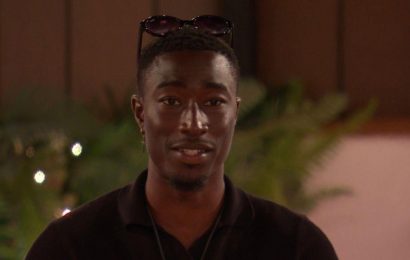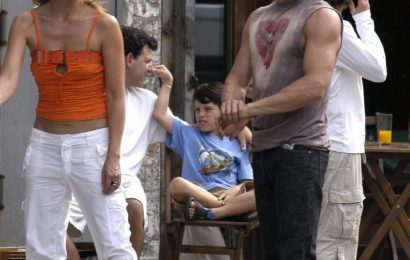When people think of Indiana Jones, the adjective that tends to leap to mind is fun. The adventures of the whip-wielding archaeologist were rollicking tributes to the adventure movies of yesteryear.
Occasionally, however, director Steven Spielberg proves to be a little too good at his job in that he’s good at scaring the pants off of people, especially young children. The second Indiana Jones movie proved to be so upsetting, it literally changed the movie industry.
Moving ratings came in 1968
For a long time, movies didn’t have a rating system per se. Speaking very generally, they were come one, come all, attractions. By the end of the 1920s however, a series of racy movies threatened to subject Hollywood to censorship, so the studios began policing themselves with a production code, as noted by Gizmodo.
In effect from the ’30s through the ’60s, the Production Code was a set of rules that movies had to abide by. A couple could not be shown sleeping in the same bed. If a character committed a crime, that character couldn’t get away with it. They had to be punished in some way.
Eventually, however, morals became looser, and the code became antiquated. Enter the creation of the movie rating system, as administered by the Motion Picture Association of America.
That code came along in 1968 and has stayed fairly consistent, with a few additions and subtractions. Some ratings like M and X came and went, but the basic tenet of G (suitable for all ages) PG (Parental Guidance Suggested and R (Restricted) stayed intact for about 15 years until Mr. Steve Spielberg came along.
What was all the fuss about ‘Temple of Doom?’
Arriving in 1984, Indiana Jones and the Temple of Doom told the story of the archaeologist’s time in India. After he crash-lands there, he is compelled by a village to investigate the disappearance of the village’s children.
Indiana and his friends tangle with the evil Thuggee cult, which has enslaved the children to look for valuable stones. This is all intense enough, but parents especially balked at a scene when a villain tore a man’s beating heart from his chest, with the heart bursting into flames.
And that wasn’t all. Spielberg had produced another movie that same year called Gremlins, which not only featured the titular monsters being harrowing, but it also ruined Santa Claus for a host of kids. According to Mental Floss, the outcry over these movies prompted a call for a mid-way rating. R seemed too constricting for movies that drew family audiences, but PG wasn’t providing enough of a warning.
And so was born the rating in the middle: PG-13: Parents Strongly Cautioned, Some Material May Be Inappropriate for Children Under 13. The first movie to be rated as such was Red Dawn, about a Russian invasion on US soil.
The PG-13 rating rules the roost now
What was once a rarity has now become so commonplace it almost seems coveted. According to a study by the box office site The Numbers, PG-13 is the most lucrative rating by a considerable distance. The rating accounted for almost half of the market share of the box office from 1995 to now. By contrast, R-rated movies account for 26 percent.
Not for nothing is every Marvel Cinematic Universe movie rated PG-13. In fact, when a superhero movie crosses over into R territory like Logan or Deadpool, it’s seen as newsworthy. And one very rarely hears about Marvel movies giving kids nightmares for years. Then again, sometimes G-rated Disney movies do that too.
When the fifth Indiana Jones movie comes out in 2022, it will almost certainly be rated PG-13. The question is, what swarm of animals will make kids scream this time, with audiences already having endured snakes, insects, rats, and fire ants?
Source: Read Full Article








